We already told you we were at by:Larm festival in Oslo last week, but going to shows and meeting the artists wasn’t the only thing we did there. By:Larm is a festival for the music industry too, and because when the music industry gets together it’s an opportunity to talk about itself, by:Larm has an extensive and well-curated conference programme. I went to an awful lot of conferences this year (I haven’t taken so many notes during slightly hungover mornings since university), but four stood out in particular as interesting from the point of view of future-facing developments in music: Dissecting the Digital Dollar; How to Make Money in Music in the Digital Age?; Indie Labels: Off the Grid and Music Journalism: Where Are We Now?. We picked out some of the interesting talking points to get a sense of what kind of ideas and questions are floating around in the music industry today.
The increased value of copyright
This was a point that popped up again and again across the conferences, but especially in How to Make Money in Music in the Digital Age? The idea is based on this: whereas in the pre-streaming age music, whether sold as digital, CD, vinyl, whatever, only made money at the point of sale (excluding radio play etc). Regardless of how many times you play an album you have bought at home, you’re not giving any more money to the rights holders. In the streaming age however, a song makes money every time it’s played, meaning old albums come back into the moneymaking game. That means that the rights (mechanical, performing, whatever) have increased, as they have the potential to earn money indefinitely. So ownership of those catalogues becomes much more valuable. Kai Robøle of music publishing companies Waterfall and Arctic Rights went big on it, saying that venture capitalist firms were now buying up the rights to old songs and that if Norway wanted its music industry to grow, it should focus on ensuring that song rights remained in the country and the money generated from them contributed to the country’s music industry. Vegard Waske of Mandelbaum Management also agreed. His optimistic view on the industry’s financial future was based on the idea that with the increased values of copyright, labels and artists with big and diverse catalogues can expect to earn more. Basically, be you artist, songwriter or label, keep control of your rights: that’s where the money is.
Smaller labels outside of the ‘big countries’ can have an advantage in creativity and development
This one cropped up in the Indie Labels: Off the Grid conference, on the challenges of working outside the major UK/ US markets. Colm O’Herlihy of Icelandic label Bedroom Community made the point that because Iceland is at a distance from the main organs of the industry, it means that creativity can benefit. You can be creative, and have time to develop and work more freely away from the more financially-minded work of the US/UK industries. And for indie artists, when huge sales and promo budgets aren’t in the realistic realm, what do you gain from being on a UK/ US label, when the internet has made distribution and media easier internationally?
YouTube: what will (can anything?) be done?
Another point from the Indie Labels: Off The Grid conference, from Christof Ellinghaus of City Slang. One of the major factors that will dictate whether the future of the music industry is healthy is if YouTube can be forced to pay more for the music on its platform (on general terms, it pays artists much less than streaming services despite often being the biggest source of music consumption). It’s a tricky issue: YouTube is, for example, much richer and more powerful than Spotify, and the music industry also has less negotiating room: unlike Spotify, YouTube doesn’t need the music industry to provide it with content. If the EU or any other governmental body can force YouTube to the negotiating table, the music industries financial game changes again.
The end of music *criticism*
 In case you haven’t noticed recently, the cult of the ‘hit piece’, the review that eviscerates an album, has diminished a lot lately (along with the album review in general, if we’re being honest). By:Larm’s music journalism panel, Music Journalism: Where Are We Now? (With Catherine Davis of Interview Magazine, Tshepo Mokoena of Noisey and Julia Brummert of Intro Magazine) touched on this, and their conclusions were that the industry had moved away from it. Now that all magazines and websites are so tight for time in order to keep up with the hyperflow of new music, why spend your time on negativity and hit-piece reviews, instead of promoting as much music you like as possible? And then there’s also the decline of the ‘celebrity critic’: the industry is currently lacking in, say, Lester Bangs-style figures who have an audience for their review writing (regardless of album, positive or negative opinion). That’s not to say there’s not great and renowned writers around – there are, but they write on music’s other zones, like its culture and politics. Review writing is out of the spotlight these days (who reads a review when you have instant access to the album anyway), and the hit-piece is a victim of the diminished space it operates in. We also adressed aspects of this issue in another piece we just released, following the end of NME’s print publication.
In case you haven’t noticed recently, the cult of the ‘hit piece’, the review that eviscerates an album, has diminished a lot lately (along with the album review in general, if we’re being honest). By:Larm’s music journalism panel, Music Journalism: Where Are We Now? (With Catherine Davis of Interview Magazine, Tshepo Mokoena of Noisey and Julia Brummert of Intro Magazine) touched on this, and their conclusions were that the industry had moved away from it. Now that all magazines and websites are so tight for time in order to keep up with the hyperflow of new music, why spend your time on negativity and hit-piece reviews, instead of promoting as much music you like as possible? And then there’s also the decline of the ‘celebrity critic’: the industry is currently lacking in, say, Lester Bangs-style figures who have an audience for their review writing (regardless of album, positive or negative opinion). That’s not to say there’s not great and renowned writers around – there are, but they write on music’s other zones, like its culture and politics. Review writing is out of the spotlight these days (who reads a review when you have instant access to the album anyway), and the hit-piece is a victim of the diminished space it operates in. We also adressed aspects of this issue in another piece we just released, following the end of NME’s print publication.
Musicians are trying to figure out where their Spotify money comes from and goes
You would think that, nearly a decade after Spotify’s foundation and several years after streaming became the main game in town for the music business, that we’d have a clear idea how the transfer of money functioned at this point. But because the music industry handles change in the same way a giraffe handles a spiral staircase, the current system is a labyrinth of labels, publishing agencies, revenue collection agencies and a confusing mess of the old, CD and radio, system haphazardly grafted on to the new one. Which is why the UK Music Managers Forum commissioned music industry consulting agency CMU Insights to write a report (Dissecting The Digital Dollar) on exactly how revenue flows through the new ecosystem, and what artists should actually be getting. Chris Cooke of CMU was here to present a Nordic-tilted version of that report, and it’s genuinely fascinating stuff and made for probably may favourite conference of the whole festival. It goes through all the soup of the new ecosystem until jargon swims through your brain, points out that contrary to popular conception, Spotify doesn’t actually have any kind of flat rate per stream (what you get per-stream depends on Spotify’s revenue and user-numbers) and asks questions about how the system might chance in the future: would a different payment system be fairer, should musicians go label-less to keep more of their rights, and what happens now that Spotify’s hitting the stock market? It was hard to pull clear points from this it was such an avalanche of information, but if it sounds interesting it’s also available as a book.
The above is a summary of talking points from by:Larm conference season, points picked up during the sessions and explained and expanded on as best I can. In the end, the headline of this piece is slightly misleading: you don’t really learn what music’s future will be at conferences, because music is a business in rapid flux and uncertainty: no-one really knows what the future exactly hold. But the conferences are a great way to see how the industry views its potential future, and what the big questions everyone’s currently discussing are.




